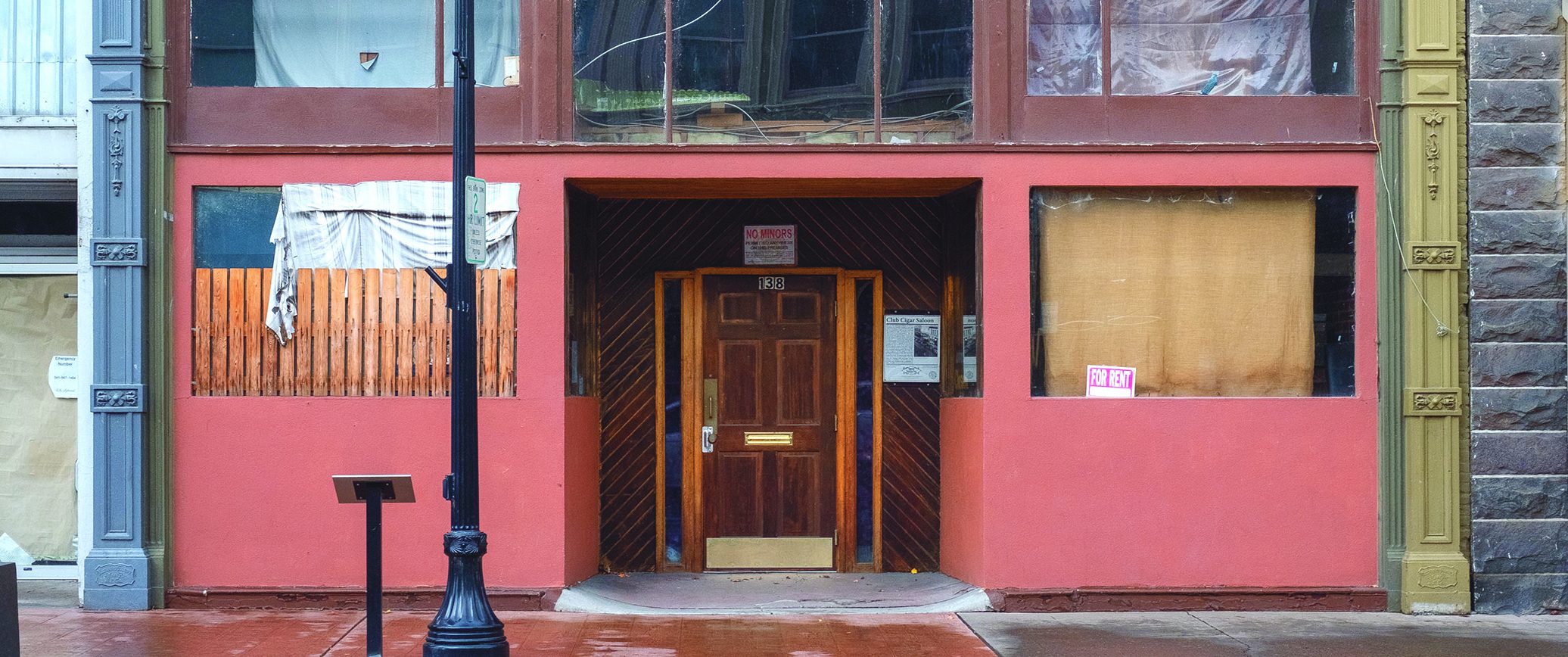State-of-the art filtration plant will soon supply water for Pendleton users
Published 7:11 am Saturday, May 3, 2003
PENDLETON – Water will start running through the city’s new $12 million water filtration plant this week, and the City Council may get a taste during their meeting Tuesday night.
The plant should be operating full-time in about a month and a grand opening is set for Saturday, June 14, said Jerry Odman, public works director for Pendleton.
Trending
Though the project is behind schedule nearly two months, it is under budget, perhaps by as much as $400,000, Odman said.
The plant can filter 6 million gallons of water per day. It has some innovative elements and cutting-edge technology. It’s the only one of its kind in the U.S., according to city officials.
“I think you’ll see a lot of tours here,” Odman said.
“This facility will serve citizens well for a long time. I know that, and we haven’t even started up,” said Bob Patterson, the city’s project manager.
The last man-made water filtration system for the city was created in 1911, he said.
“At that time it was state of the art, and they were trying to filter out the fish,” Odman said.
Trending
My, how things have changed.
The new filtration plant, on Goad Road, can filter out particles 1/100th the diameter of a human hair, Odman said.
The new plant brings the city in compliance with the Safe Drinking Water Act.
The city has used water from springs east of town for nearly a century.
While contaminants haven’t been found, the city was ordered to create a better filtration system in 1999.
The plant has three unusual aspects that no other water plant in the U.S. combines.
The membrane filtration system is brand new technology, as well, and completely different from conventional filters.
The membrane filter doesn’t look like much, just long strands of spaghetti. But those 2 million strings in the plant act like straws, sucking in clean water through them, and leaving the particles behind.
The water is siphoned through the membrane system, so no motors or pumps are needed. The finished water reservoir is lower on the hill than the plant, and that’s what creates the siphon.
Sediment from the membrane filters will go out to ponds, and then clean water off the top will be sent through the plant again, so there will be zero discharge, unlike most water filtration plants.
“Our only losses are due to evaporation,” Patterson said.
The plant also will utilize aquifer storage and recovery, which is highly unique.
When water is plenty in the wintertime, the plant will filter all drinking water for the city of Pendleton and send excess water to city wells.
In the summer, when water is more scarce, the water from wells will be sent to residents.
The plant’s capacity also is planned to drop to 1.6 million gallons a day in the summer because of water rights.
This summer, the city will get water from springs and send it through the filtration plant, because it doesn’t have water rights transferred to the new pump location.
The total capacity could increase to 12 million gallons of water per day, if the aquifer storage and recovery is successful, Patterson said.
Though the plant won’t operate full-time for about a month, some water could be sent into the city system starting next week.
For more information go to www.pendleton.or.us, and click on the water supply link.









